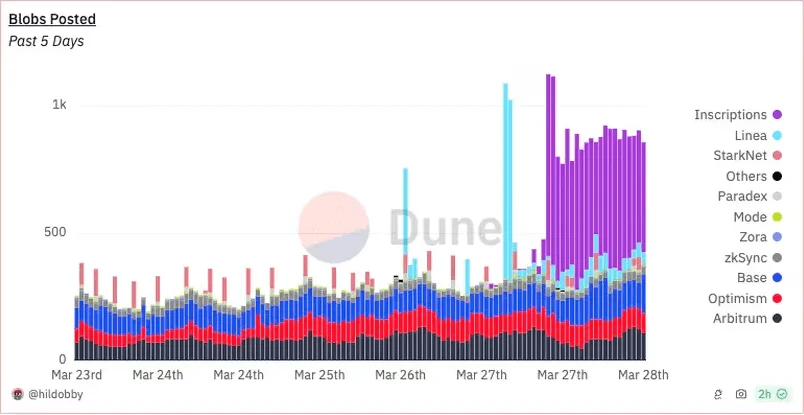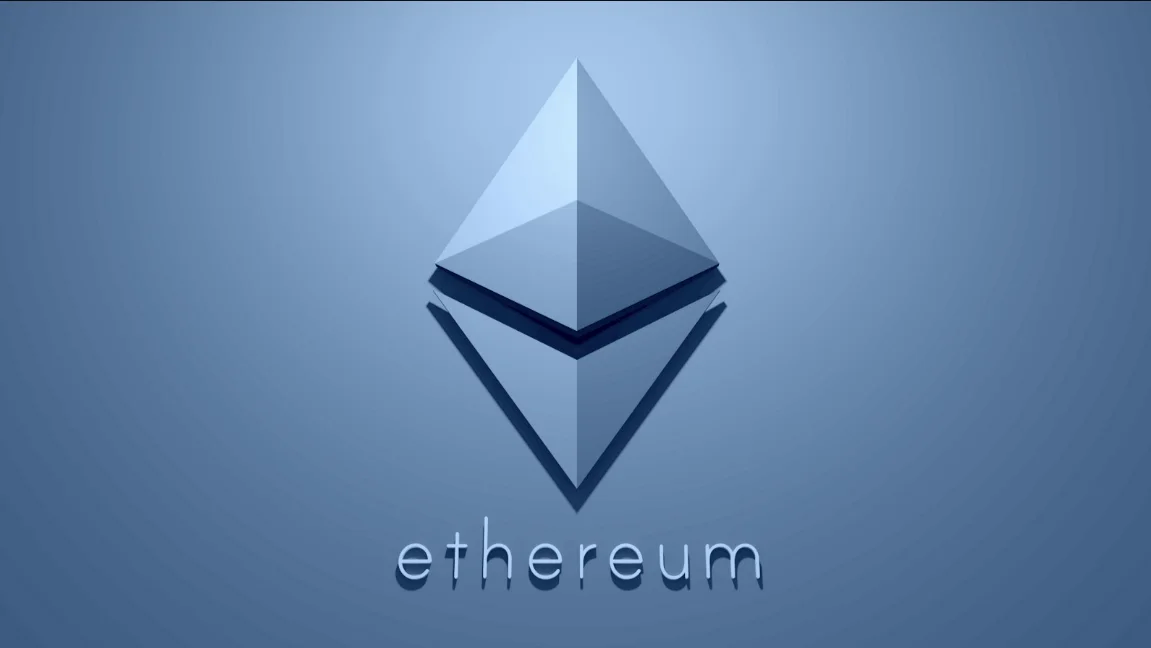Story Highlights:
- Unexpected Spike: Ethereum’s gas fees for “blobs” skyrocket following the introduction of “blobscriptions” by a new project.
- The First Real Test: This incident serves as the first major stress test for Ethereum’s recently upgraded data storage system.
- Community and Future Prospects: Despite initial shocks, Ethereum co-founder Vitalik Buterin reassures cheaper data storage costs, hinting at continuous scalability efforts.
In the ever-evolving world of blockchain and cryptocurrency, Ethereum recently found itself at the center of attention, not for its usual prowess in decentralization but due to an unexpected hiccup that tested its very foundations.
Just when Ethereum introduced a significant upgrade aimed at reducing fees and easing congestion, a new project dubbed “Ethscriptions” decided to take the road less traveled, leading to a spike in gas fees that left the community in awe and analysts on their toes.
Imagine waking up to find that the cost to store data on Ethereum, thanks to “blobs” – a term you might not have heard until now unless you’re a blockchain enthusiast – had jumped significantly overnight. That’s precisely what happened after Ethscriptions came into play, jamming up this new space and sending fees soaring to new heights.
Also read:
Ethereum NFT Market Hits New High: Pudgy Penguins Set to Outrank Bored Apes?
Franklin Templeton Jumps into the Ethereum ETF Race
A Closer Look at the “Blobscription” Frenzy

At the heart of this narrative is Ethereum’s bold move to create a dedicated space for data storage, affectionately termed as “blobs.” Designed to alleviate congestion and reduce fees, this initiative was part of Ethereum’s grand plan to make blockchain technology more accessible and efficient.
However, the introduction of “blobscriptions” by Ethscriptions turned the tables, providing the Ethereum community with its first big stress test for the nascent blob market.
According to data from Dune Analytics, the base fee for blobs reached a peak of 582 gwei ($266) on Wednesday, an unexpected turn of events that caught many off guard. By Thursday, the situation seemed to stabilize, with the base fee simmering down to around 18 gwei ($8.69).
But the impact was made, the message clear – Ethereum’s journey towards scalability and efficiency is filled with unforeseen challenges and opportunities for innovation.
Reflections from the Community and Visionaries
As widely predicted, it looks like March 27, 2024 will be remembered as the day that the ‘blobs are free EIP-4844 launch discount’ party came to a close – courtesy of Blob Inscriptions. 100% expected. And yet still breathtaking to observe. Follow along @ https://t.co/Ctj3QWHYgh pic.twitter.com/ZdCO0dcbte
— Matt Cutler🦇🔊 (@mcutler) March 27, 2024
Matt Cutler, CEO of Blocknative, captured the sentiment perfectly, noting that March 27, 2024, would likely be remembered as the day the ‘blobs are free EIP-4844 launch discount’ party came to an abrupt end. It’s a moment that not only highlights the vulnerabilities in new technological advancements but also the resilience and adaptability of the Ethereum ecosystem.
Ethereum co-founder Vitalik Buterin, in a reflective blog post, acknowledged the incident as a push into “price discovery mode” for blob fees but remained optimistic.
Buterin reassured that despite the price hike, blobs still represent a cheaper alternative to the traditional system of storing data as “calldata” in regular Ethereum transactions. He emphasized the importance of continuous scaling work, marking this event as a stepping stone towards more incremental advancements.
Looking Ahead: Ethereum’s Scalability Odyssey Continues
As Ethereum continues to navigate the complexities of blockchain scalability and efficiency, the “blobscriptions” episode serves as a poignant reminder of the challenges that lie ahead. Yet, it also highlights the community’s unwavering commitment to innovation and improvement.
With layer-2 networks like Arbitrum, Optimism, Polygon, and Coinbase’s Base relying heavily on Ethereum for data storage, the stakes are high. The lessons learned from this incident will undoubtedly shape future scalability efforts, ensuring that Ethereum remains at the forefront of blockchain technology, driving towards a more efficient, accessible, and decentralized future.
In the words of Buterin, “Blobs are not free, but they remain much cheaper than calldata. From here, important scaling work, both in increasing blob count and in improving rollups’ ability to make the best use of each blob, will continue to take place, but it will be more incremental.”
As Ethereum forges ahead, the community watches with bated breath, eager to see how this blend of innovation, challenge, and resilience will shape the future of blockchain technology.






